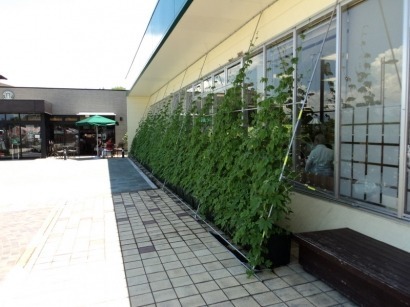
Japan depends on nuclear power for about 30 percent of its electricity use. As a result of the six-reactor Fukushima plant being out of operation, while at the same time, 29 of Japan’s 48 others nuclear reactors are offline due to earthquake damage or scheduled maintenance, the country is hurting for electric power.
Consequently, the government has implemented a mandatory 15 percent cut in electricity consumption for large industrial users (greater than 500 kW) in the Tokyo and Sendai areas. Additionally, residential customers who voluntarily reduce their electricity use by 15 percent are eligible for prizes such as digital cameras.
The lifestyle of Japanese workers has been affected too. To cope with the power outages, automakers have shifted factory operations from Thursdays and Fridays to Saturdays and Sundays, when power demand is lower. And at one manufacturer in the Tokyo area, workers are required to report to work at 4 am.
Tokyo commuters have to contend with reduced air conditioning in subway stations, and during this unusually hot and humid Tokyo summer, heat exposure has been a problem. One day last week, 16 student athletes were rushed to the hospital emergency room with heat stroke symptoms.
There is a lot of talk about renewable energy now, and the government wants to promote wind and solar power in a big way, particularly in reconstruction areas. The Japanese have used thermal solar collectors for years, so the transition to sustainable energy should not be difficult. In particular, there is excitement about a new generation of eco-cities, featuring alternative energy sources, sustainable building practices, and environmental protection initiatives.
As always, the Japanese are coming up with creative solutions to the challenges created by the local climatology, topography, and tectonics. One idea that has caught on across Japan is to create “green” outside window curtains using goya plants. Goya is a climbing vine that tolerates heat, grows quickly, and produces edible fruit. By planting these vines in front of south-facing windows, the windows are shaded and less air conditioning is required.
One study determined that goya vines can reduce the heat entering a room by 80 percent, and another study found that judicious use of the vines can cut air conditioner power consumption by 20 to 30 percent. The Hitachi Company is now growing Goya at its 200 offices nationwide and distributing seeds to employees. In Japan, as the nation struggles with recovery, optimism is growing, and sales of goya seeds are soaring!
Note: Japan is ranked only 13th among nuclear-dependent countries. The top honor goes to France, which generates 75 percent of its electric power from nuclear power plants. Slovakia is a distant second, at 55 percent.
[Photo inset: Goya vines growing outside a freeway rest-stop restaurant in central Japan]

